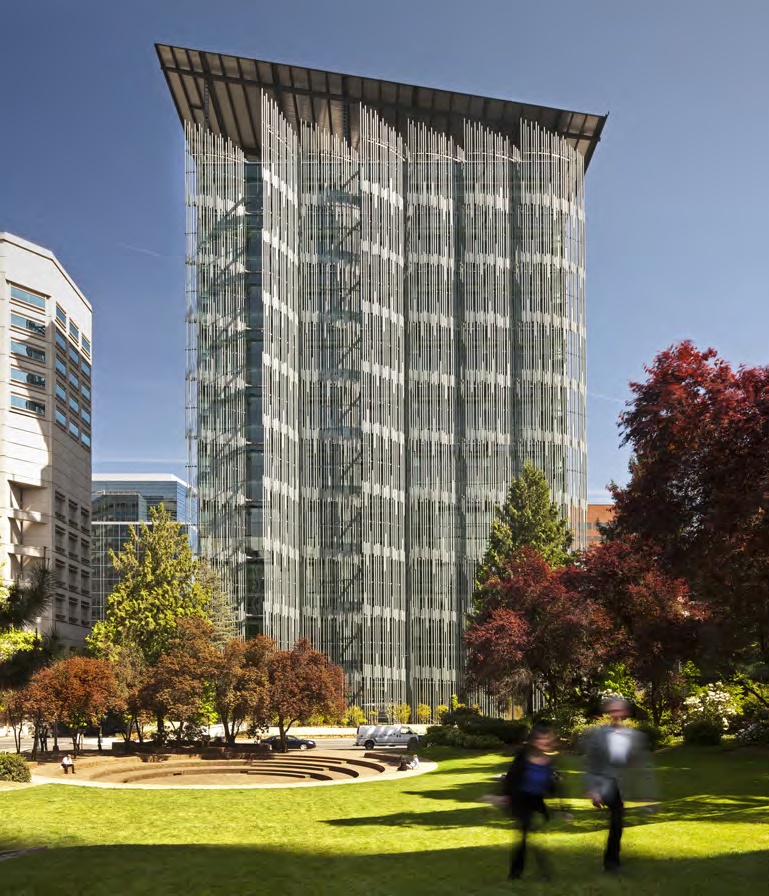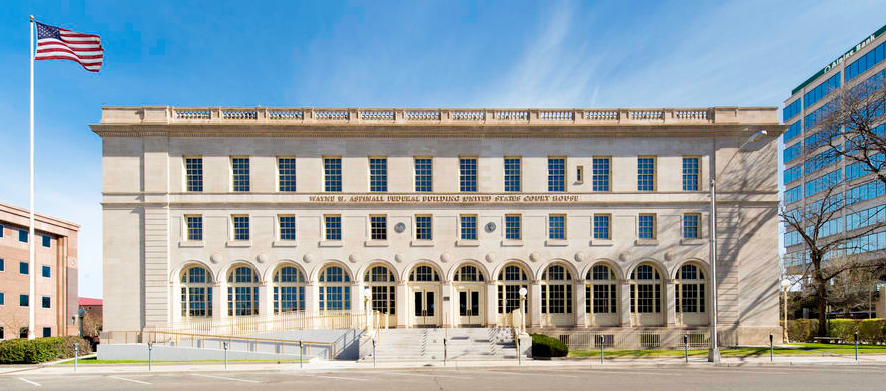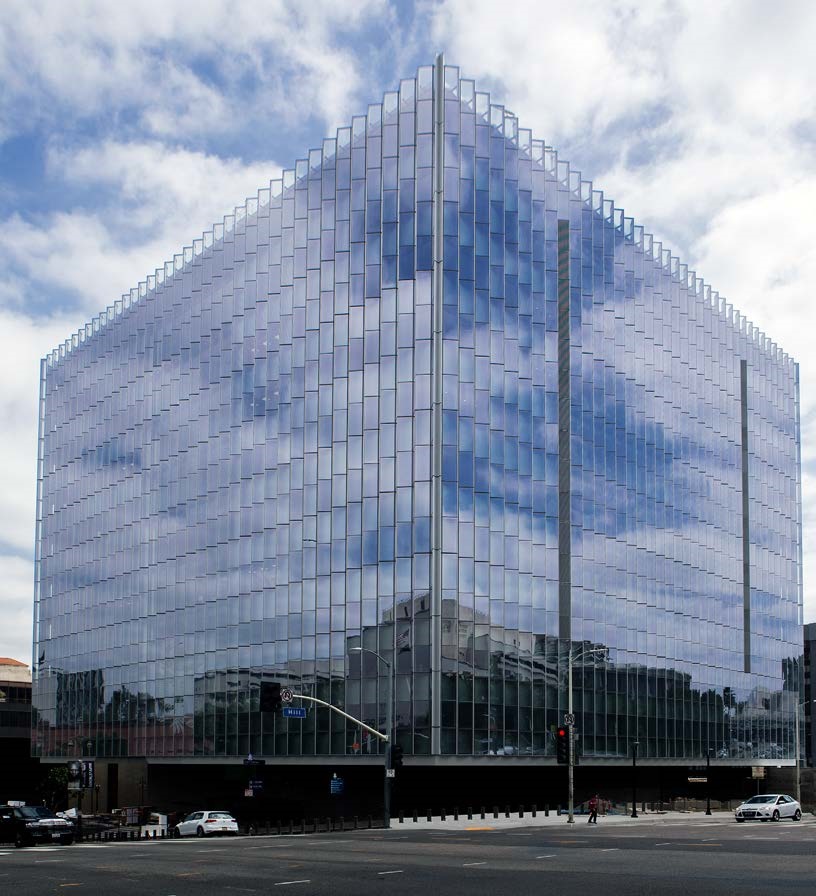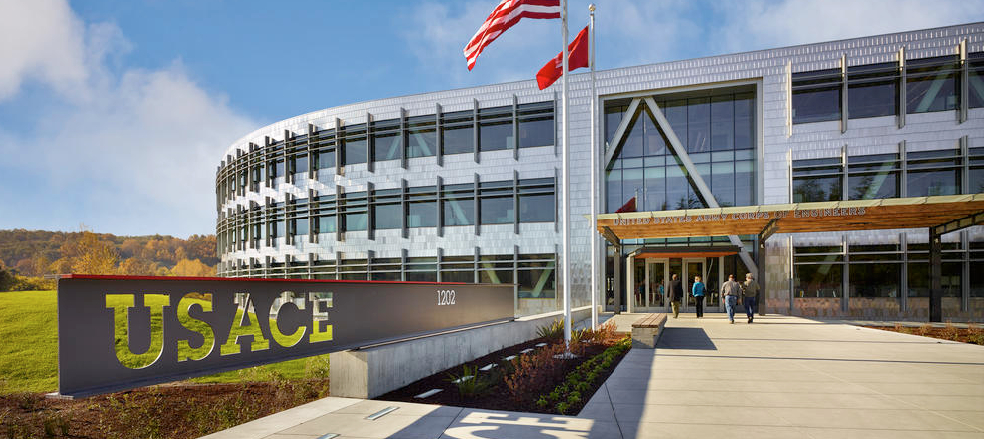
Planning and Engagement Processes
Project Manager
The Project Manager is responsible for the planning, procurement, and execution of a project. He/she is the first point of contact for any issues or discrepancies arising from within the project team and stakeholders. The Project Manager establishes and defines the project team and is principally responsible for project coordination and communication between stakeholders.
For category definitions and acronyms, see Collaborative Strategies for Project Teams.

Strong Leadership
Team Culture

The EGWW project manager instituted a number of unique processes to maximize team readiness before beginning construction. One of the most unique aspects was the intensity of the planning of the work and of team orientation. A four-month process of contractor selection included early exchange meetings and market research, which led to the selection of HSW. Several more months were spent on negotiating the agreement, orienting first-tier subcontractors, converting from CMc to integrated delivery, planning building information modeling (BIM), and negotiating co-location specifics. This extensive early planning supported team building, created a collaborative culture, and provided a basis for alignment around goals. –EGWW, Team Building & Collaborative Culture
Individual Behaviors

The project manager should balance challenges and successes at the beginning of meetings. Over the course of the project, team leaders fell into a pattern of starting every structured meeting by discussing the complexity of the project and identifying a recent success, such as the completion of the demolition phase or an approval by the State Historic Preservation Officer (SHPO). Affirmation during meetings was a leadership strategy that served to support team building and collaborative culture. –Aspinall, Meetings & Workplace Environment

There was a deep level of commitment to safety amongst the project team; there was no tension when members of any one company pointed out safety issues for another company. The senior leader of the commissioning agent described the positive reaction when he stopped work of a subcontractor: “It showed a culture of caring. It’s not about lost time or money. It’s about ‘I want you to get home and back to your family safe’. –Leland, Meetings & Workplace Environment

Facilitate tight collaboration with other team members on task. On occasion, the collaborative working nature of team members was so high and the flow of communication so strong that project stakeholder roles could blur into one another. This was particularly the case for the GSA building manager and the GSA onsite project manager. While the two had well defined responsibilities on the project, their ability to work closely together and rely on each other’s strengths and areas of expertise and authority helped make the tenant newsletter and tenant decision-making (e.g., choosing carpets) a success. –Leland, Role Definition & Accountability

The project team identified the GSA project manager’s leadership skills as an important aspect of the project’s success. Specifically, the project manager spearheaded the collaboration throughout the project, supervised decision making, and almost single-handedly managed the complexities of the ARRA design guidelines, schedule, reporting procedures, and project-budget procedures so the project team could remain focused on design and construction. –Aspinall, Team Building & Collaborative Culture
Management and Logistics

The GSA Project Manager was regularly on-site. Even though he was based in a different region, he was able to establish a strong and consistent presence on site. Many project stakeholders commented on how valuable it was to have him resolve issues in a timely way and how well the communication worked due to his facilitation. –LACH, Team Building & Collaborative Culture
Communication

The Aspinall project manager took a unique approach to the GSA peer reviewers by continuing to engage with them after the mandated peer reviews ended. They recognized that the GSA had a lot of in-house expertise that could be beneficial to the project. A Beck team member explained, “The GSA has an army of expertise from roofing and waterproofing to elevators and fire and life safety and on down the line, and that’s pretty rare for how we interact with our clients. Clients are typically a little flatter in their organization, and there is one or two people making virtually all of the decisions as they relate to the project.” –Aspinall, GSA Peer Review & Expertise

Project team members at the executive and project management level, including GSA team members, all engaged in open communication during formal meetings and informal interactions. The Gilbane project executive recalled that he did not use a lot of email communication, but instead relied mostly on face-to-face communication. He noted he could easily walk over to the onsite GSA project manager and have an open and honest discussion about project challenges. In turn, the GSA team would informally approach Gilbane team members to discuss project challenges and how to mitigate challenges. –Leland, Team Building & Collaborative Culture

Set a clear and firm end dates for decisions on betterments that could be paid out of savings and contingency funding. The project manager set milestones for when GSA needed to make final decisions on betterments. –LACH, Executive Summary Lessons Learned

The project manager implemented a project diary into which members recorded and communicated project information. The diary was distributed weekly to the entire team, including all contract parties and at all job levels, and highlighted major decisions and progress. The architect managed the diary, but the CMc and owner also contributed content each week. –EGWW, Managing Schedule & Budget
Tenant Engagement
Team Culture

Hold weekly project meetings with tenants. “The project manager started having weekly project meetings from the very beginning. Everybody was at the table, including the designer, the contractor, the GSA, and even the building tenant. We used the meeting as a means to address issues when they came up.” –FCS, Meetings & Workplace Environment
Individual Behaviors

The GSA project manager held regular tenant meetings with the CMa firm and GSA contracting officer. These phone meetings with tenants provided them with the opportunity to ask questions and discuss issues. This open forum provided tenants with the feeling that their concerns and questions were being heard. In turn, the GSA team would inform tenants that they would take care of their concerns and how certain decisions about these concerns could impact the project’s schedule as well as the schedule for moving tenants. At the end of each meeting, the GSA team would state that they had heard their concerns and offer tenants to stay on the phone line if they wanted to listen in to their meetings about the contract or other project related issues with the DB team and others. –Leland, Meetings & Workplace Environment

The GSA building manager was cited by many team members as a key champion of tenant communication. She was new to the role and saw the construction coordination as an opportunity to establish personal contacts with all of the tenant agencies as a basis for a long-term relationship. –Leland, Goals & Alignment
Management and Logistics

Prior to using the first floor as a swing space, the GSA project manager hosted an open house for tenants on the newly built out first floor. They used the open house to show the tenants a preview of the swing space’s lighting and furniture. –Leland, Team Building & Collaborative Culture

There were also times when specialized roles were very helpful in establishing credibility and trust around highly technical topic such as information technology. “Gilbane had a great tenant team. {they said}, ‘here is the floor we have for your swing space. What do you need?’... They had a focused tenant team: a tenant move coordinator/furniture person and an IT person. Those two roles were really critical because the contractor’s team immediately built trust with the tenant agency representative.” –Leland, Role Definition & Accountability

SOM, Clark, and Benson built and designed the mock-up, which was about one floor length in height, and used to test the performance of the pleated curtain wall (seismic and filtration outflow) as well as to allow for the tenants to provide their feedback on the structure. As one tenant noted, the curtain wall mock-up helped them better visualize the design: “it was the first time I could visualize what the courthouse would be like when it’s done, when I could see section of curtain wall.” –LACH, BIM & Design Documentation
Communication

GSA’s project manager created weekly newsletters. GSA’s primary strategy with the tenants was to be transparent about the work, schedule, and impact of construction. GSA’s building manager worked with the onsite GSA project manager to create weekly newsletters to help set tenant expectations about what parts of the building would be affected during the upcoming week and how that would impact tenants. –Leland, Team Building & Collaborative Culture
When something unexpected happened on the job site, the GSA building manager would send a quick email or emergency newsletter to tenants to update them. –Leland, Team Building & Collaborative Culture

The project manager and project team were aligned and motivated and had clear project drivers; however, the team realized that they would need the building tenants to buy-in to goals and change their behaviors to actually achieve the performance metrics and succeed. Communication was key to working with tenants, a team member noted. “When you’re looking at some of the goals that we had set up…it was important to share that information and make sure that the tenants understood what the goals were and what would be their role in trying to achieve some of these goals.” –Aspinall, Goals & Alignment

Another form of tenant engagement involved educating tenants around the new technologies that would be used in the building, in particular, the sensors and override switches for automatic lighting. GSA’s onsite project manager, the building manager, the move coordinators, and Gilbane all met together to plan out tenant education about the lighting. While Gilbane’s team members could provide technical information about the lighting, the building manager was able to provide her input and expertise about how to best communicate and educate the tenants in the building. –Leland, Team Building & Collaborative Culture
Commercial Strategies
Individual Behaviors

Use transparent contingency to deepen the initial trust within the team. “Transparency is one of the precepts in an integrated project delivery (IPD),” explained the contractor. “I have to hand it to {the GSA project managers}—the first day on the job, we learned that we had a transparent contingency. It made us want to be a team and want to spend it in the best way we can.” –FCS, Contract
Overall, shared contingency management proved to be extremely effective for this team in two ways: sufficient funds remained to invest in a verification phase not originally in the budget and the process of managing the funds strengthened trust and alignment within the team. –EGWW, Managing Schedule & Budget

The EGWW team managed their budget in a highly collaborative manner. While the GSA project manager was the final decision-maker, the contingency was treated as a pool of money to be used to benefit the project and decisions for its use was shared. Particular savings were attributed to the way value engineering of the GMP budget was inclusive of both prime and selected first-tier subcontractors. Collaborative decision-making was used for reducing project budget as well as prioritizing additions or restoration of budget. At the same time items were eliminated to meet the GMP, the team created a prioritized list of items to be restored, dependent on funds and schedule. Through this “buy-back”, the team believed decisions and reallocation of contingency were more expeditious and less difficult than typical VE process. –EGWW, Managing Schedule & Budget

The project team benefited from working within a firm fixed price budget set early in the process. Within the project team, budget decisions were considered integrally with schedule and scope. The GSA project manager noted that the fixed price was a clear motivator for the team, “we didn’t ever have to ask for more money….one of my personal goals and I think one of Beck’s goals was that we didn’t want to go back and ask for more money. We had a team that was very good identifying what we could do to make things cost effective.” –Aspinall, Managing Schedule & Budget
Management and Logistics

Used post-occupancy contract language. "The GSA project manager viewed the inclusion of a period of time after substantial completion for the team to evaluate the project as a performance assurance: “We are still navigating through how to do a net-zero building. How do we use monitoring, measurement, verification, and team collaboration to get the building to perform the way we want to? … Other projects looking to achieve the same goals or the same high level of performing outcomes, in terms of sustainability, should be aware of this.” –Aspinall, Verification

A verification phase was not originally planned for this project. Late in the construction phase, when approximately 90% of the costs were known, it was clear that contingency funds and savings in several areas would provide the funds to extend the original goals and improve the project. There was consensus within the project team that it was important to ensure a smooth transfer of building operations from the project team to the facilities managers. The GSA Project Manager worked with the contractor to outline the value of a verification phase and its associated costs. –EGWW, Verification
Communication

One of the first things the Beck/WRL design-build team did after being selected was to work with the GSA to confirm the program, scope, and cost. This was especially important because Aspinall’s contract was different than originally outlined in the RFP and incorporated critical elements of the winning team’s proposal, including its high-performance goals, schedule, and budget. The process of collaboratively revising the project scope laid the foundation for alignment of each team participant to the final project goals even before work began. The GSA project manager explained, “The project’s goals were finalized when we brought the Beck and WRL team on, and I think that was really the catalyst for the project. That was when, I think, everybody on the GSA side realized where the potential was and where we could take this project.” –Aspinall, Goals & Alignment




